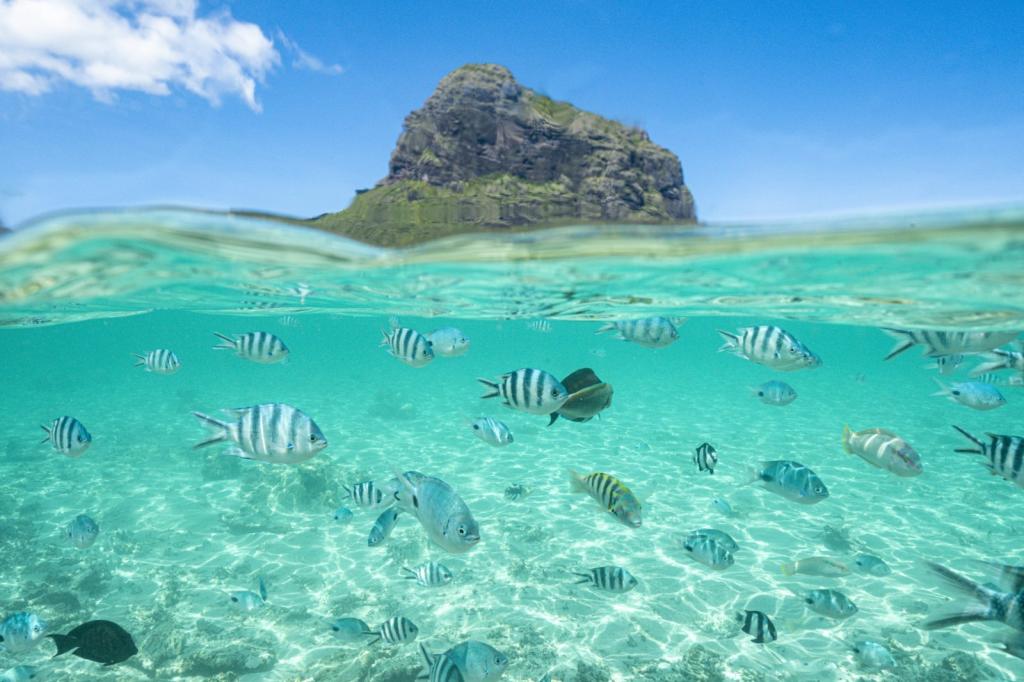Hannah Hindley is an award-winning writer, wilderness guide, and consultant for Marine Conservation Institute, which issues Blue Park awards.
It’s a simple and extraordinary conservation tool: Set aside places in the ocean that can’t be touched, and watch habitats and the life within them flourish. Marine protected areas (MPAs) have existed in some form for nearly a century, but the idea is much older, evident in Indigenous marine management techniques. For instance, in Mozambique’s Inhambane Bay, local conservationists are working to reinstate “ocean rules” that regularly closed areas to fishing and were traditionally enforced by village elders, known as Mukhedzisseli.
The modern-day global MPA movement began in 1982 with the UN Convention on the Law of the Sea, which stated that nations hold exclusive economic rights to the waters within 200 miles of their coastline. With greater control over how to manage these waters, many jurisdictions began creating marine reserves, like Florida’s John Pennekamp Coral Reef State Park and Australia’s Great Barrier Reef Marine Park. In general, MPAs restrict fishing, extractive industries, and bo... Read more
